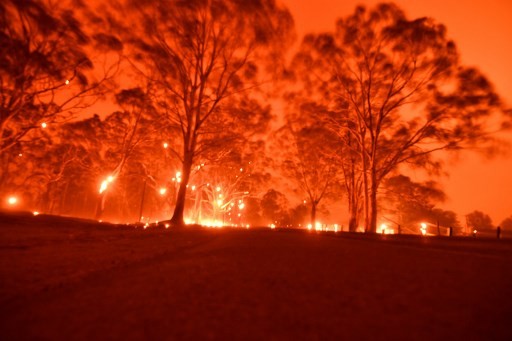
Emergency declared for bushfire-threatened Canberra
by News DeskAuthorities in Canberra on Friday declared the first state of emergency in almost two decades as a bushfire bore down on the Australian capital.
Chief Minister of the Australian Capital Territory Andrew Barr said the measure was "effective now and will be in place for as long as Canberra is at risk".
The measures come ahead of heatwave conditions expected over the coming days and as forecasts predicted fires could hit southern suburbs of the city of about 400,000.
"It may become uncontrollable," Barr warned. "A state of emergency is the strongest signal we can send to the ACT community that they must prepare themselves and their families."
Authorities also warned of so-called ember attacks, where winds blow glowing ash ahead of the fire front.
It is the first time that a state of emergency has been declared in the Australian Capital Territory since 2003, when fires destroyed almost 500 homes.
The main threat comes from the Orroral Valley fire, which has burned around 18,000 hectares of mostly remote bushland.
Temperatures reached above 40 degrees Celsius on Thursday in South Australia state, where dangerous fire weather warnings were issued in several bushfire-prone areas.
The heatwave is then expected to hit Melbourne and Canberra later Friday before parts of Sydney reach 45 degrees Celsius at the weekend.
Authorities say the searing heat, accompanied by dry winds, would bring severe bushfire conditions to parts of New South Wales and Victoria -- where more than 80 fires are still burning across the two states.
Storms are forecast to follow the heatwave, bringing rain that could help dampen fires but also the potential for wild weather, including flash flooding.
Extreme weather has battered parts of Australia in recent weeks, bringing giant hail, floods and landslides.
At least 33 people have died and vast swathes of the country have been burned since September.
The months-long crisis has sparked renewed calls for Australia's conservative government to take immediate action on climate change, with street protests urging Morrison to reduce the country's reliance on coal.
Scientists say the bushfire disaster was exacerbated by climate change, coming on the back of a crippling drought that turned forests into a tinderbox and allowed blazes to spread out of control quickly.